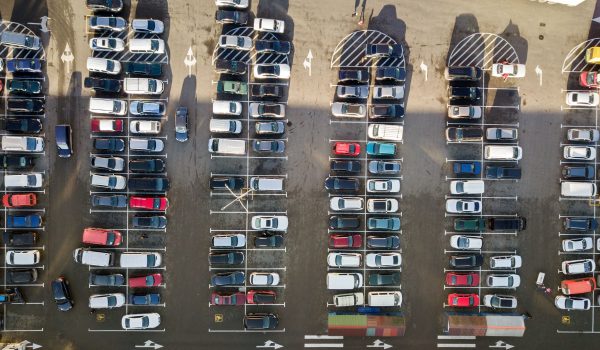The circularity gap report: the Netherlands
The Dutch economy is 24.5% circular. This means that only a quarter of the materials intended to meet societal needs come from non-virgin, secondary sources. This indicates that there is a circularity gap of more than 75%. The aim of this study is to provide insight into the dynamics of the Dutch economy.
The most important results can be summarized as follows: the footprint associated with our consumption largely comes from abroad. Furthermore, mobility and food are responsible for more than half of the raw material footprint. In order to increase the circularity of the Netherlands, four scenarios have been explored in this report that can partially transform the economy: (1) circular construction, (2) circular agriculture and food systems, (3) sustainable energy transition, and (4) repair, remanufacturing and high-quality recycling. Together, these scenarios have the potential to increase the Dutch circularity from the current 24.5% to as much as 70%.
Also, timely adaptation of the labor market to the changing economy has the potential to accelerate the transition to a circular economy. With the ambitious government approach to the circular economy, it is crucial to also consider the companies and people who will have to shape the transition.
Other relevant publications
Circular luminaires in public spaces
This report provides a practical roadmap towards a circular future for luminaires in public spaces.
Spatial effects of the circular economy
A spatial exploration of the consequences of the transition to a circular economy in the Netherlands for five cases







